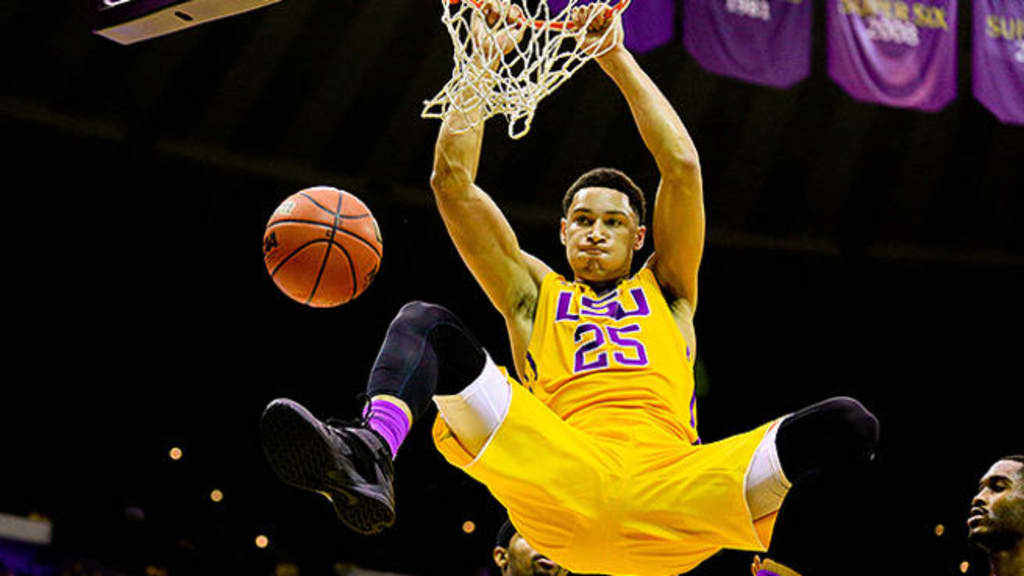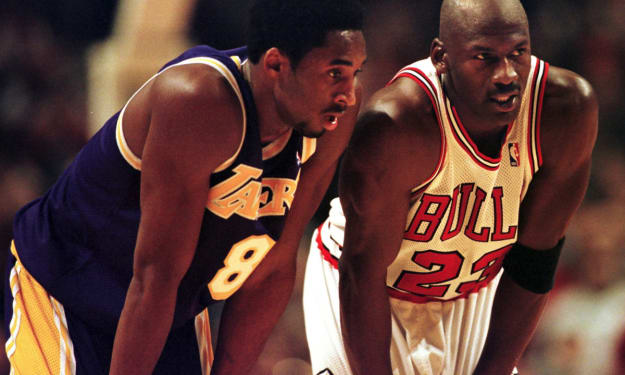Prep to Pro
Why the One and Done Rule Must Be Changed

Mike Krzyzewski made headlines in early November of 2017 when talking about the current one and done rule and how it impacts student athletes. “I would totally be for kids being able [to go to the NBA], and have always been in favor of kids being able to go right to the pros. And not putting any restrictions on them as to how long they have to stay. I think that’s not right.” Strong words from a man that has built his program as of late off one and done talent. Coach K is a one and done coach now and the institution of the rule has forced the blue bloods around college basketball to play ball. Whether or not the rule is good for college basketball is irrelevant. The issue is and should always be the kids first.
There are two sides to the argument. Whether kids should be allowed to go from high school or should they be forced to play at least two years. Taking the gamble for kids coming out of high school is just that if your name is not Lebron, Kevin, or Kobe, or a talent like them. Agents will continue to pull at families to sign the next big prospect, convincing them to leave early. The problem with this scenario is that talent that leaves early and does not make it to the NBA are left to fend for themselves overseas without a school to go back to. On the flip side, should you force players to stay in school for two years, the risk of injury and exposure to their market price is imminent. Every game that a player of a certain caliber competes at the collegiate level is a hindrance to their dollar potential. It was apparent after watching Kevin Durant play ten games at Texas that he had no business being in college. It is a peculiar spot to be in for the NCAA and the NBA in deciding what to do with these players.
The education argument is an argument overused. Ben Simmons was the best player in the country two years ago but was ineligible for the Wooden Award because he didn’t go to class. This is about dollars. One hand washes the other regarding the NBA and NCAA. Prior to the one and done rule, the NBA saw an influx of players entering the league out of high school. The last class to be able to enter the NBA draft from the prep ranks was the 2005 class led by Gerald Green and Mario Chalmers. Since the institution of the rule, 51 players have entered the draft after their freshman year of college. The issue is not about whether kids will continue to leave, it is the timing in which they do.
Commissioner Adam Silver has shown interest in perhaps amending the rule. Which means either requiring players to play a minimum of two years removed from high school or allowing the prep-to-pro pipeline to commence. Whichever route he should choose, something must be done. Elite talent entering college basketball in today’s climate are not benefiting. Instead, the programs in which they enroll usually seek the benefit of their service and a shot at the billion-dollar sweepstakes that is the NCAA tournament in March. As it stands, players that are likely to enter the draft after one year are only required to pass a total of six credit hours to be eligible for the second semester. What kind of precedent does that set for the nature of the student athlete? That question is of course rhetorical. I am a graduate of the University of Oklahoma, and as a student I can recall being paired on a group project with Tommy Mason Jr., a McDonalds All American who had a great first semester season. Safe to say, I finished that group project on my own.
The one and done narrative has grown to mean a few different things. We often demonize players for leaving after one year for the NBA. This is stupid, very stupid. No other sport does this to their talent. We do not penalize golfers for leaving for the pros after just one year or baseball players for making the jump straight from high school. Two sports that are comparable in the amount of dollars talent can generate. The rule continues to further exploit the players. That one year in college can mean wonderful things for the programs in which they play. In 2015, Duke won the National Championship. And that same year the athletic department generated $33,772,145 in revenue. The players who went one and done; Jahlil Okafor, Justise Winslow, and Tyus Jones received nothing but an opportunity to expose themselves to NBA scouts.
College basketball functions as an amateur organization with a student-athlete label. And with the continuance of the one and done rule, the NBA is now complicit. I understand why the league would be for this. Another year to filter out talent that would otherwise be drafted based upon potential as opposed to performance. Another opportunity to use college basketball as a farm system for the draft. College basketball benefits because they get to showcase the players all season and generate nearly a billion dollars in revenue while the players play for free and get an education they will, statistically, never see or use.
The thing that gets lost in all of this, is the time wasted. Time wasted on behalf of the players who are forced to spend a year in college. Time wasted on behalf of the programs who usher these players in and out of their program in hopes of building enough chemistry in six months to compete for a title. In the one and done era, only two teams have reached the pinnacle of college basketball. The 2012 Kentucky Wildcats and the 2015 Duke Blue Devils led by a squad of freshman.
Whether or not the sport suffers is irrelevant. The issue is the process. Serving college athletes to reach their full potential is the goal. And forcing kids who have no business being there to begin with is damn sure not the solution.






Comments
There are no comments for this story
Be the first to respond and start the conversation.